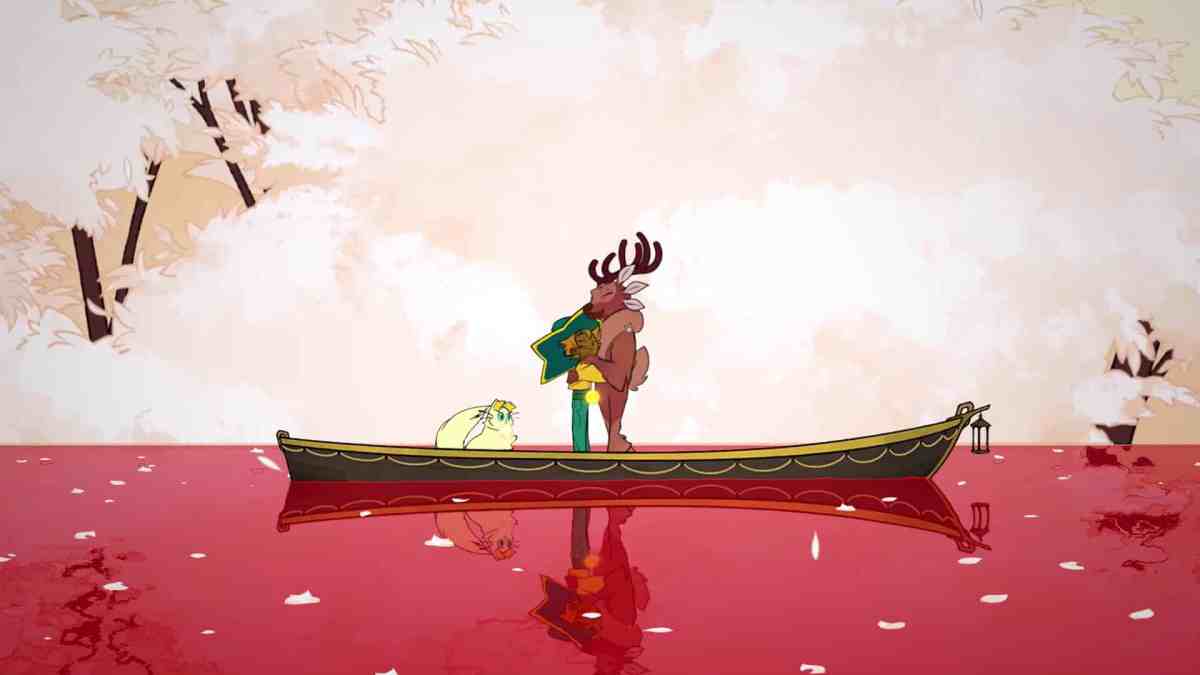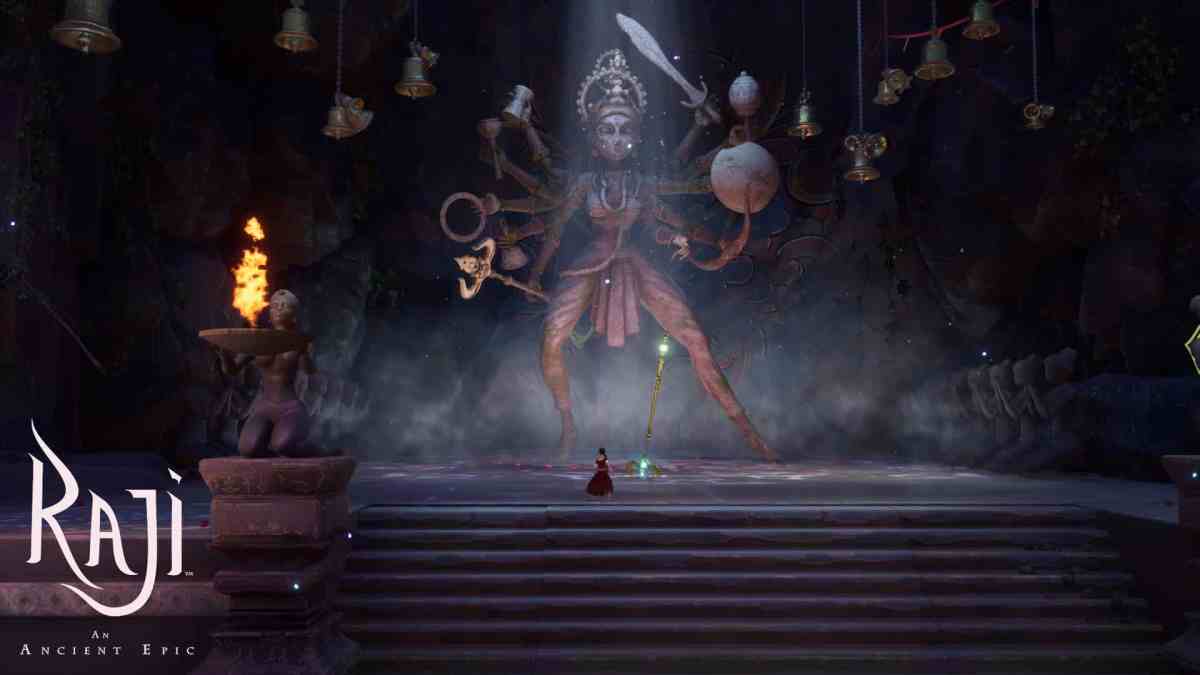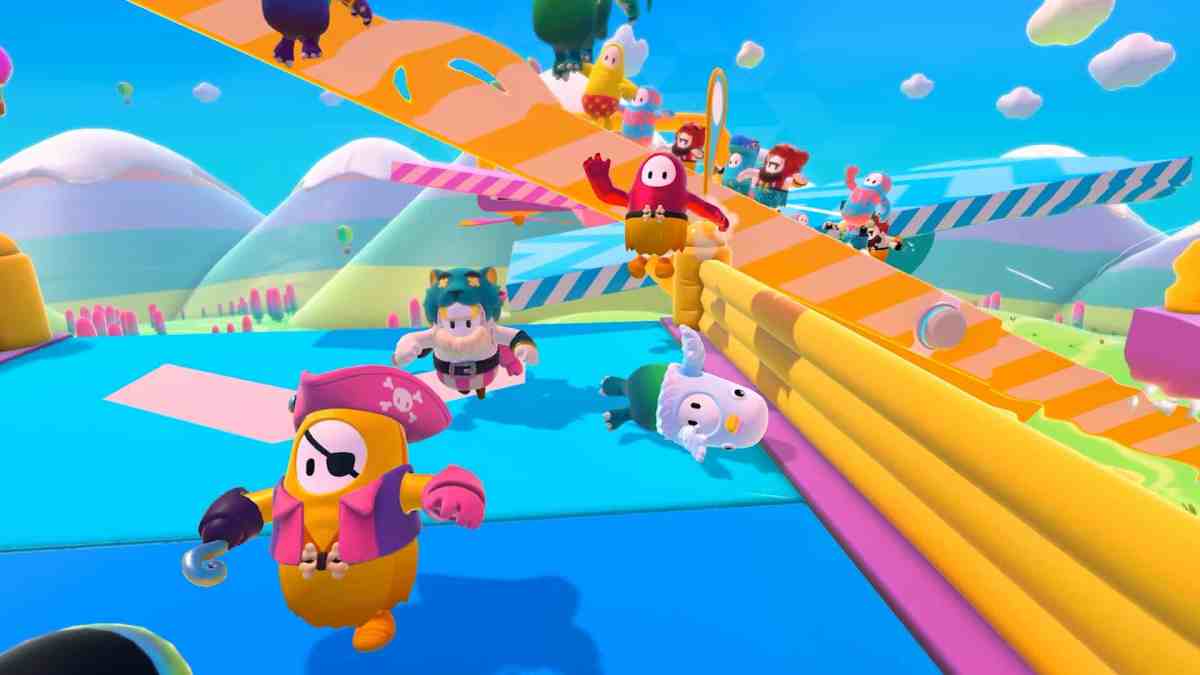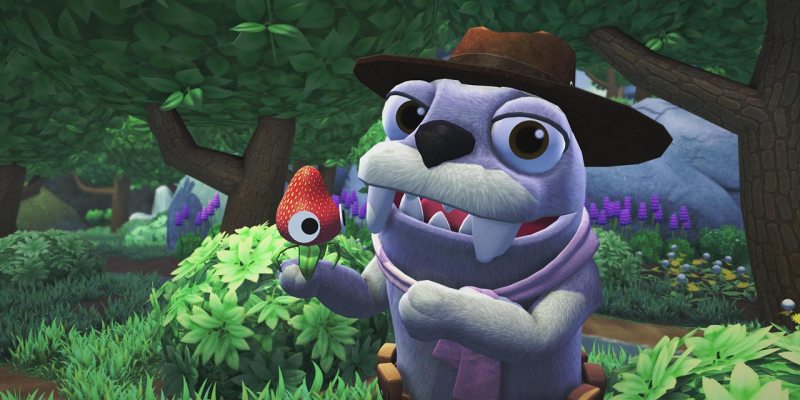While Microsoft and Sony are still keeping the exact details of the Xbox Series X and PlayStation 5’s respective release dates, prices, and launch lineups close to the vest, one thing that’s becoming increasingly clear is which games we aren’t going to be playing on our shiny new boxes this fall. In just the past few weeks, we’ve learned of no fewer than three prominent delays of major games into 2021. But amidst all of this turmoil and uncertainty, there’s now an opportunity for smaller games to step into the spotlight, and all three of the major platforms are leaning heavily into this.
First, the major delays. Amidst the significant departures of both its lead narrative designer and creative director, Vampire: The Masquerade – Bloodlines 2 moved to a nebulous 2021 date. We then had Microsoft and 343 Industries making the tough decision to push Halo Infinite back to next year, no longer being the marquee Xbox Series X launch title. And most recently, Arkane Studios revealed that Deathloop, the highly anticipated PlayStation 5 launch game, would also be missing that console’s arrival, instead hitting in 2021. And at this point, there’s a good chance that these aren’t the last of the big games that will miss a release in the back half of 2020.
While there is any number of factors that cause a game to miss its projected release date, the COVID-19 pandemic has had a uniquely massive impact in 2020. Arkane Lyon, the leads on Deathloop, put it best, saying, “As we’ve adjusted to work-from-home, we found that delivering this new and exciting experience, at the polish and quality level that defines both an Arkane game and a true next-gen experience, is taking longer than normal.” When you take into account the hundreds, if not thousands of individuals who contribute to these massive AAA projects, it’s understandable that completely rearranging our lives, how we work, and how we communicate during the pandemic would affect project timetables.

But as I mentioned before, these delays mean that there’s a void left for other games to fill, which is especially crucial when you consider that we have two consoles launching (in theory) within the next few months. And it’s been absolutely fantastic to see that all three of the major platforms holders are embracing indies and really championing them in the same way that major AAA games get highlighted.
It’s funny to look at this now, considering how the indie focus has almost swung like a pendulum throughout the past decade or more. One of the earliest backers of console indies was Microsoft back in the Xbox 360 era. Starting in 2008, one of the most exciting times for an Xbox owner came thanks to the Summer of Arcade initiative. This was when Microsoft would use its growing digital platform to debut and highlight games coming from smaller studios. While this is pretty standard now, it felt revolutionary 12+ years ago.
Summer of Arcade not only introduced us to incredible games like Braid, Castle Crashers, Limbo, and Bastion, but it also put their creators in the spotlight. The rise of the Summer of Arcade also coincided with 2012’s Indie Game: The Movie, which told the real, human story behind passion projects like Super Meat Boy, Fez, and the aforementioned Braid.
But as the generation shifted towards the Xbox One and PlayStation 4, the indie pendulum seemed to swing over in Sony’s direction, as it wisely capitalized on a lot of the successes that Microsoft helped build. One of the games included in the PS4’s reveal event was The Witness, Jonathan Blow’s follow-up to Braid. Likewise, when Sony brought a handful of indie developers on stage at its E3 2013 press conference, one of the important games at the center was Transistor, Supergiant’s follow-up to Bastion. During the early days of this generation, as the PS4’s lead grew wider, indies were a big part of Sony’s plan.

But the pendulum continued to swing. As Sony began focusing its attention and spotlight more on its successful roster of massive first-party AAA games, it was Nintendo’s turn to champion the little guy. Right off the bat in 2017, the Switch became a premiere destination for indies, as Nintendo featured them prominently in both Directs and in placement on the eShop. Indies continued to flourish on Switch, with developers singing their praises of how well their games sold on Nintendo’s platform.
Cut to 2020, and it feels like we’re at the first point in recent memory where all three of the platform holders are cognizant of the importance of indies and integrating them as major fixtures in their success strategies.
This past week’s excellent Indie World presentation from Nintendo solidified its continued support for the little guy, showing off former Apple Arcade exclusives like Grindstone, important and emotional adventures like Raji: An Ancient Epic, the console debut of Supergiant’s fourth game Hades, and even having a few “and it’s available now!” moments with A Short Hike and Spiritfarer. And while a lot of these games are also coming to the other consoles, Nintendo’s enthusiasm in highlighting them shouldn’t go unnoticed.
On the flipside, Sony has been going back to its early PS4 days and has used a lot of time during its big PS5 streams to showcase indies like Maquette, JETT: The Far Shore, The Pathless, and Bugsnax, which might be the social media hit of the summer. That’s not even mentioning the massive success of Fall Guys, which released on Aug. 4 and has already sold more than 2 million copies on Steam, in addition to how many people downloaded it for free on PS4 via PS+.

Over in Microsoft’s corner of the world, Outer Wilds, Carrion, Afterparty, Lonely Mountains: Downhill, and Journey to the Savage Planet are just a few of the indies that’ve been promoted on day one via Game Pass. And more are coming soon, like the console port of 2019’s incredible PC game, Hypnospace Outlaw.
The smaller nature of these indie studios, and the fact that many of these teams are already well-versed in working remotely, means that many were able to adapt to the major changes of 2020 quickly, with larger AAA studios following behind. A good example of this is Moon Studios’ excellent Ori and the Will of the Wisps, which was created by a team of 80 people scattered in 43 different countries, all working remotely. Although this team is much larger than many of the aforementioned studios, the agility and flexibility shown here resonate throughout much of the indie community.
So we won’t be playing Halo Infinite or Deathloop in 2020, and there’s a solid chance more big games will follow. That will make the decision about whether to spend hundreds of dollars on new hardware this year even trickier. But the extra oxygen created by the absence of those games is allowing a slew of smart, gorgeous, and captivating indies to step up and take a well-deserved moment in the spotlight, and the fact that Nintendo, Sony, and Microsoft are all helping them do this is undeniably a good thing.
